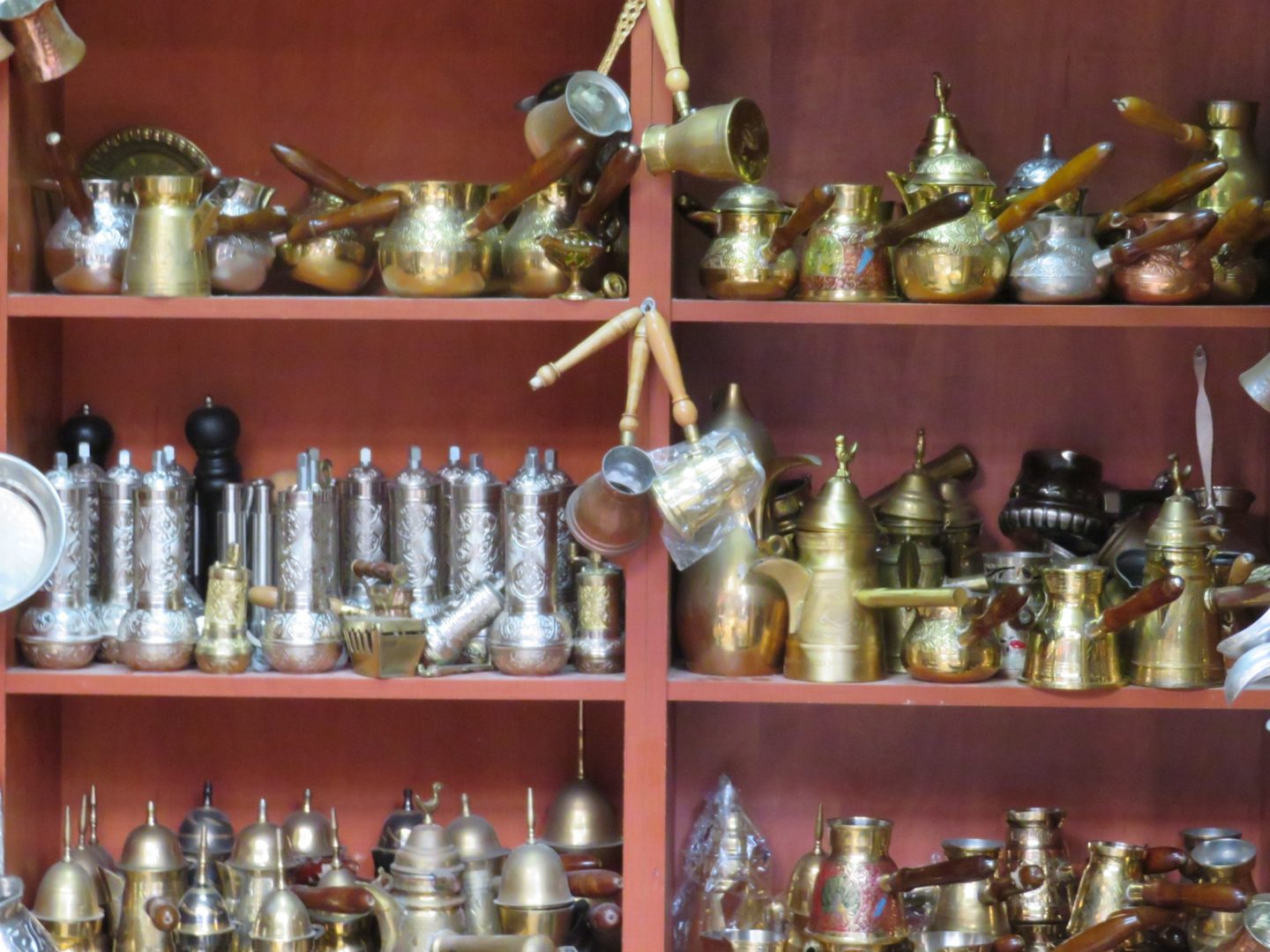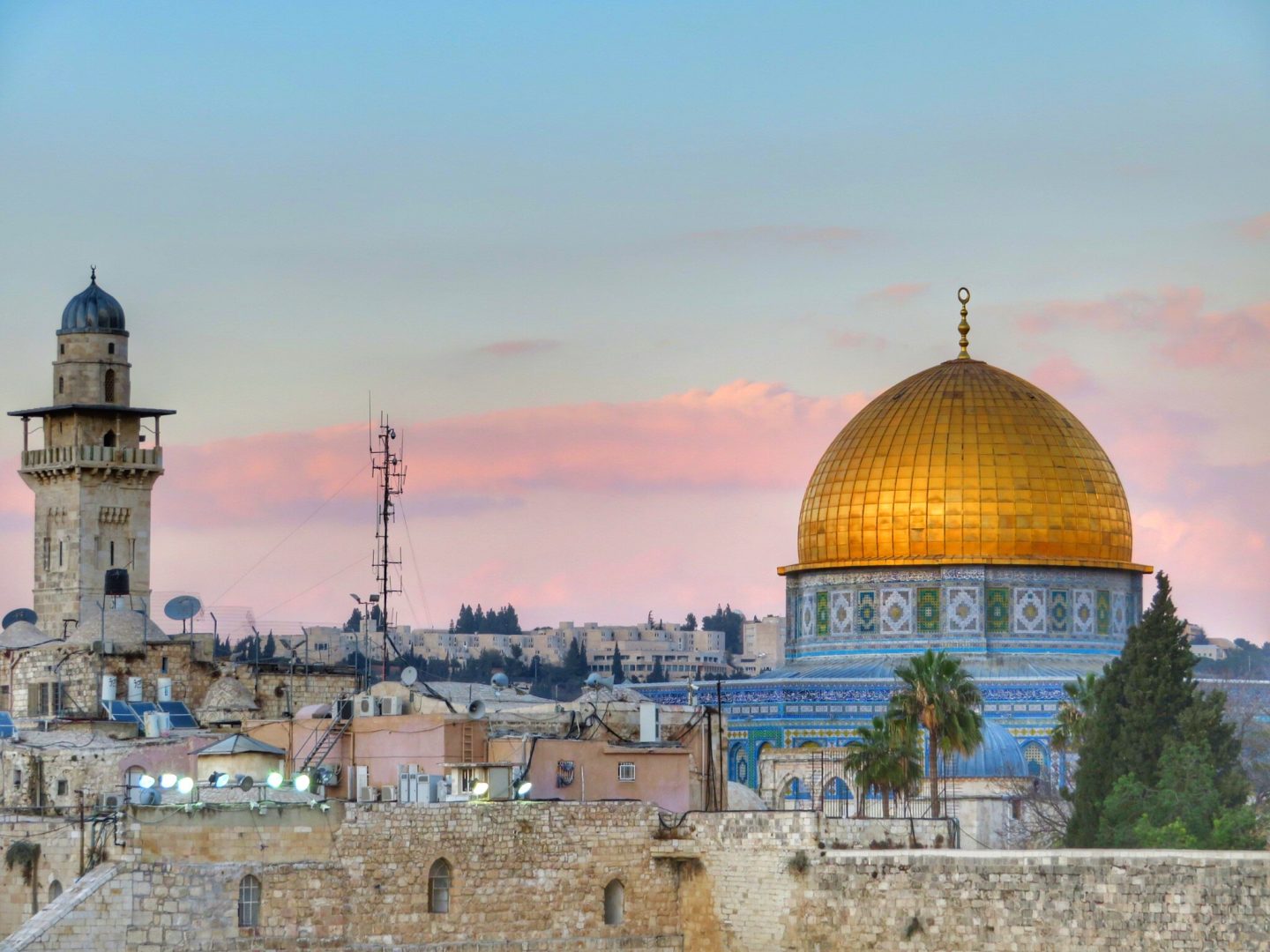Of all the sites I visited in Israel, Acre or Akko was my favorite. It is a historic city with a lot of life. It has more Arab influence than Jewish. I was surprised that the Ottomans considered it the worst place on earth, since for me it was the opposite.
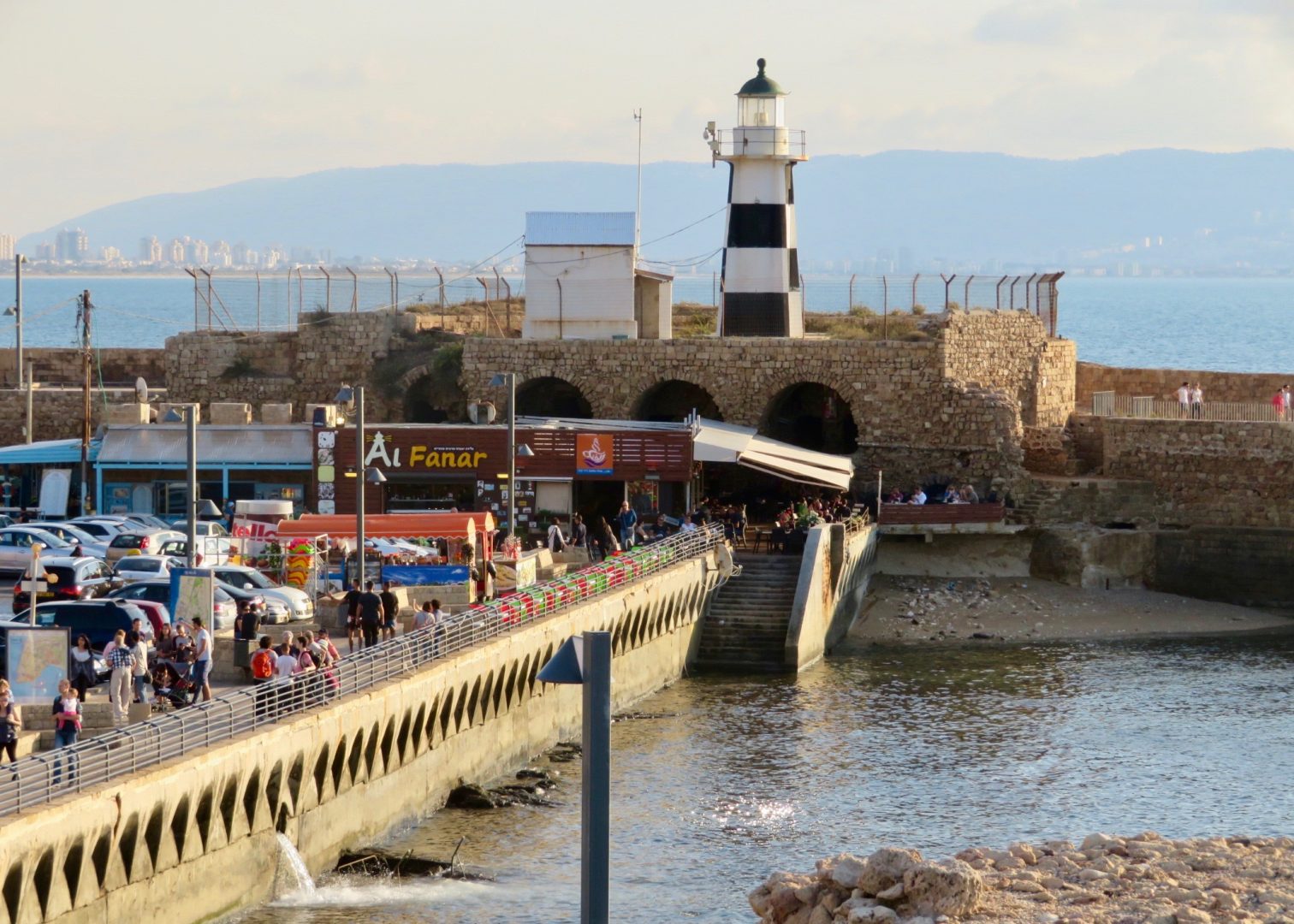
Mashav’s course I was taking was in Haifa, so we could see the city of Acre on the other side of the bay. We went on a Saturday, because it was the only day we had off. There is a new ferry that crosses passengers from Haifa to Acre but that day did not operate, I think because of maintenance. On Saturdays there are no buses as Shabbat is celebrated. We took a one-way taxi, which charged more for being Shabbat. Since there were so many of us, we divided the cost by four and in the end it didn’t turn out so expensive. On the way back we took a bus that was very economical. You can also go by train from Tel Aviv.
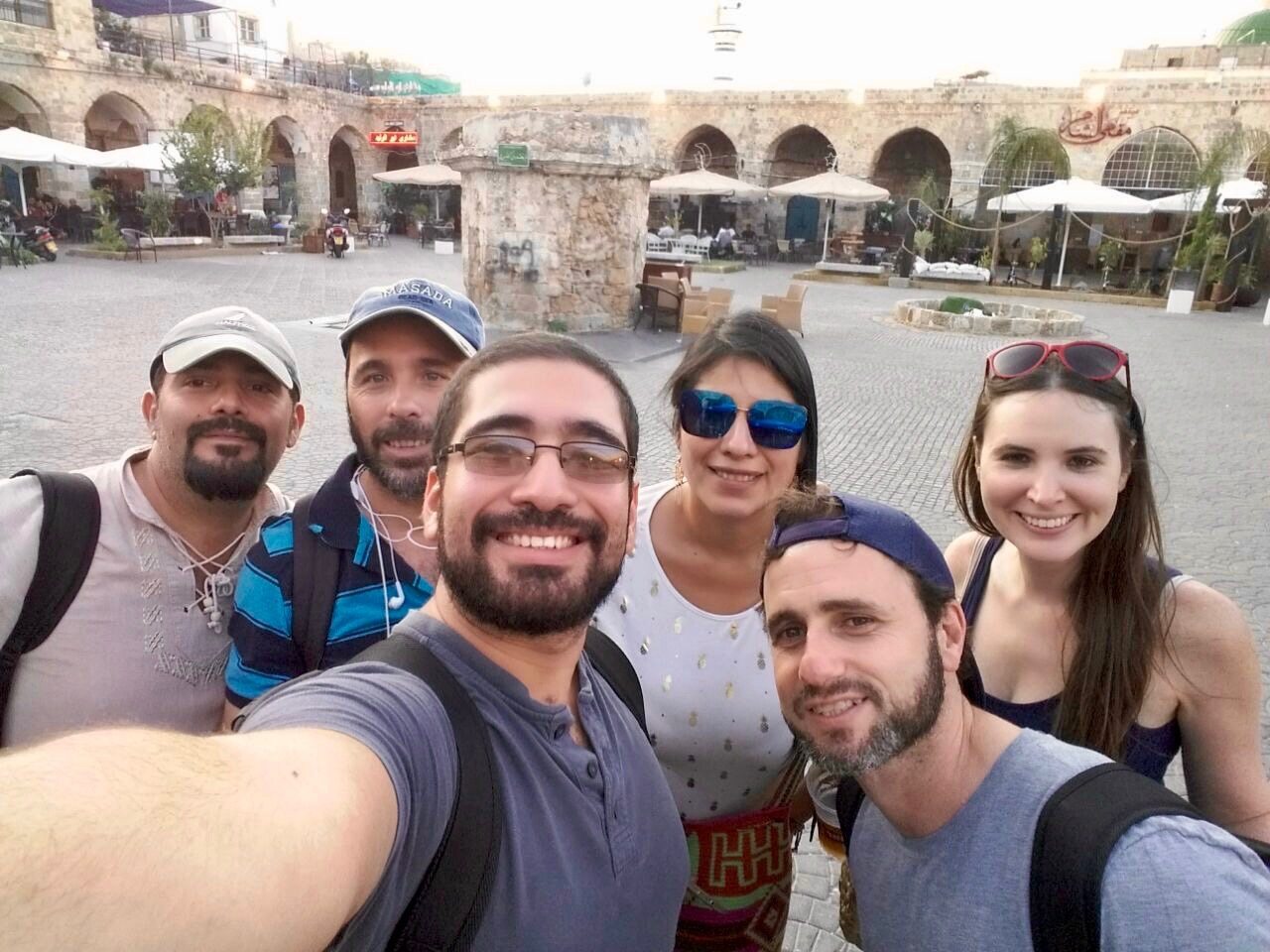
The city of Acre is one of the oldest continuously inhabited cities in the world, dating from the time of Pharaoh Thutmose III (1504-1450 BC).
Acre is one of the few cities in the world that has been maintained over the years, although it was attacked by very powerful armies. In 950 the city was walled during a Muslim regime. Today you can walk through the walls surrounding the ancient city that is a World Heritage Site according to UNESCO.
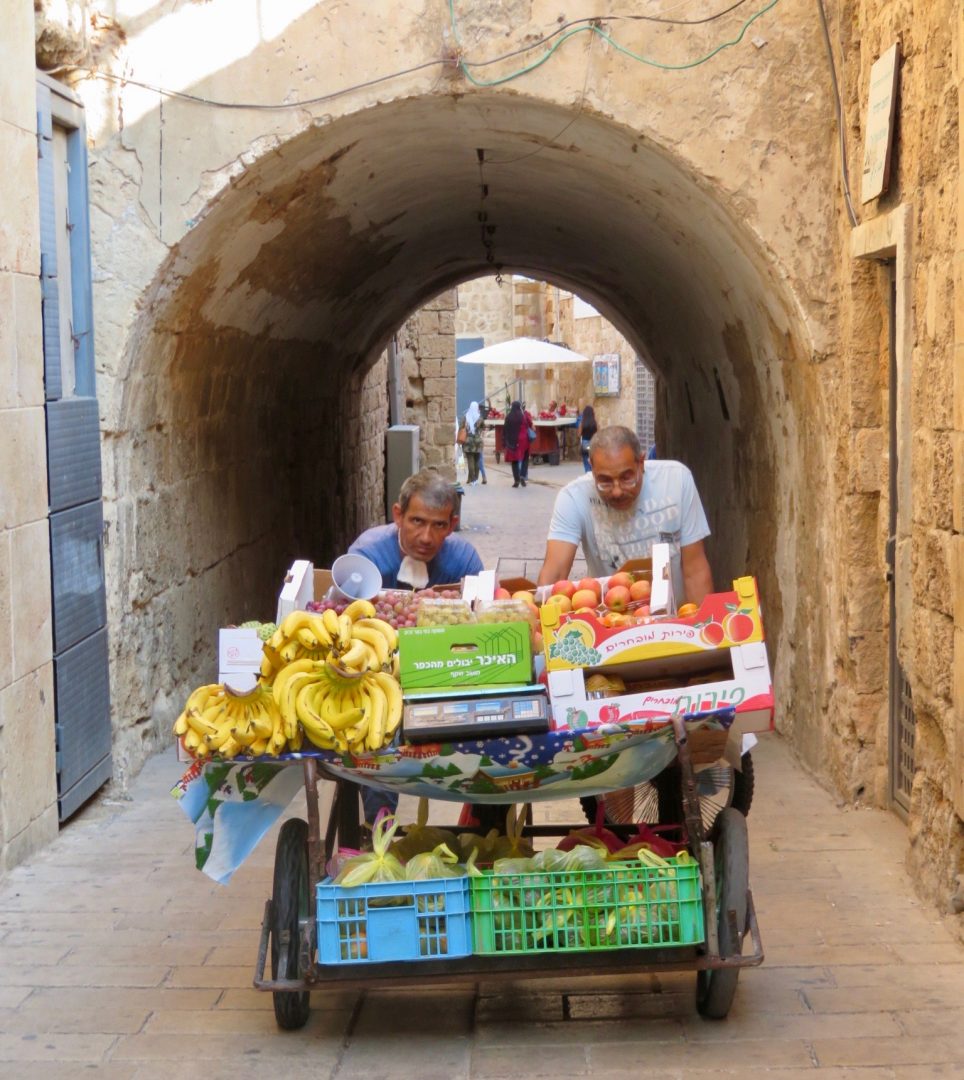
Acre is relatively small but has so many attractions. I regret that I only went for the day. It is worth staying in a hotel in Akko and exploring the city for two or more days.

You can “get lost” in its streets trying to find all the attractions, while you try the delicious meals in the markets, listen to music and talk to people.

I recommend buying a pass that allows you to enter several sites, so you do not have to pay entrance fees individually.
Sites you should visit in Acre
Bahá’u’lláh’s mansion in Acre
Our first stop was the Bahjí Mansion that is on the outskirts of Acre. The site was known as Bahjí or el-Bahjí, which means “place of happiness.” If you read my article about the Bahá’í gardens in Haifa, you know that Bahá’u’lláh ‘was sent to this site as a prisoner of the Ottoman Empire. He is allowed to live at his home as a jail when he finally convinces the prison that he did not commit any crime.
He built the Mansion of Bahjí and lived on the site for 12 years until he died on May 29, 1892. This house and the shrine of Bahá’u’lláh (in that place is the body of the prophet) are the most sacred sites for the religion. If you are Bahá’í you should pray looking in this direction.

The gardens of the Bahá’u’lláh ‘mansion in Acre are beautiful but not as impressive as those in Bahá’í gardens in Haifa. I loved the shapes they make with bushes and flowers, especially the stars. All roads lead to the center where the sanctuary is. As Israel has water problems, the gardens were ecologically designed to conserve water and use drought tolerant plants.

This place has no entrance fee. When we left the mansion we took a bus to go to the center of Acre.
Templar Tunnel
The Templars were a military order that on behalf of the Pope helped pilgrims so they could go to visit sacred sites in Israel. First the Temple Mount arrived in Jerusalem. His name is given because they were the guardians of the temple. When Al-Din Chambers conquered Jerusalem in 1187, the Templars moved to Acre.
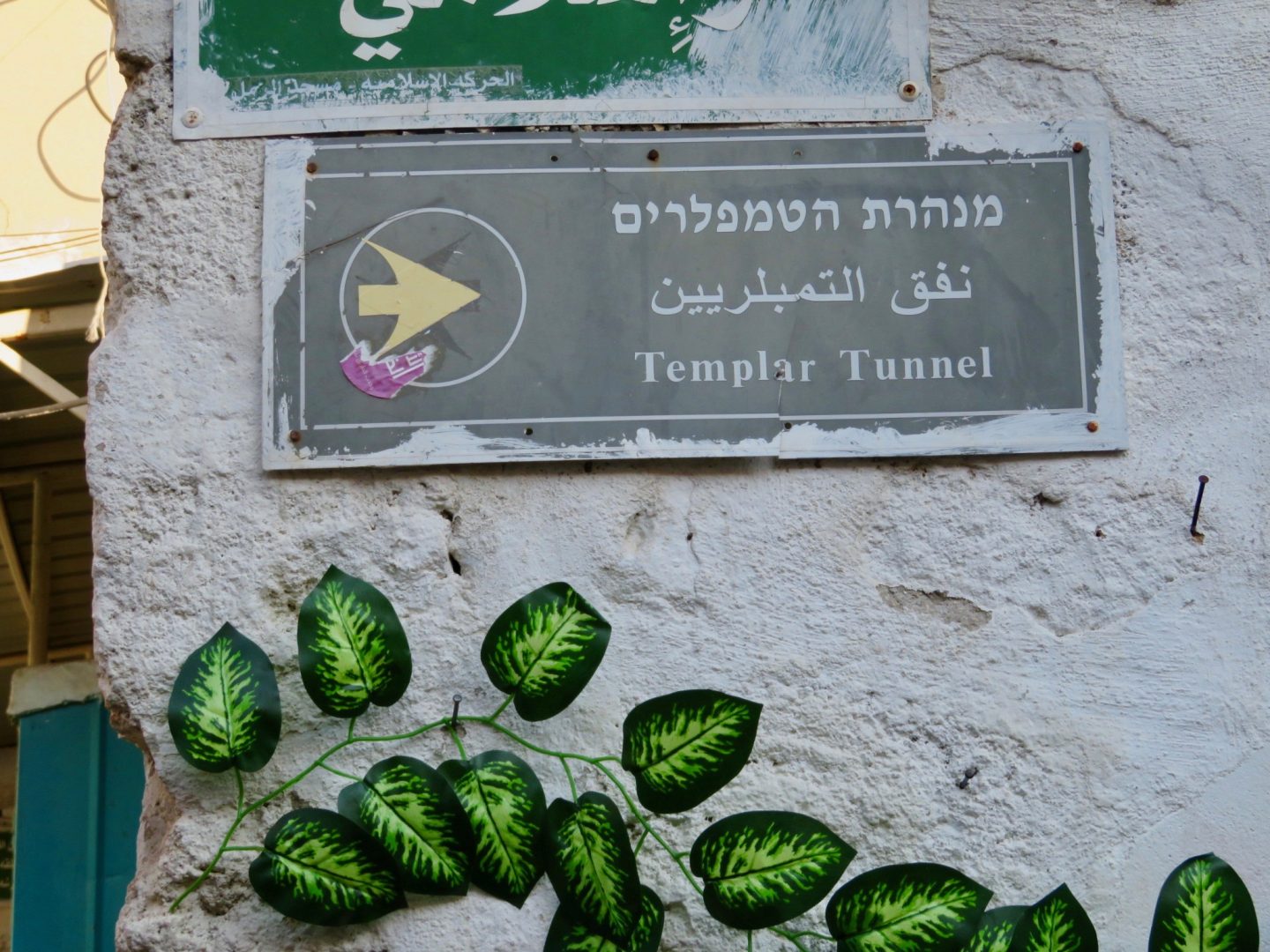
They made the Templar Fortress which was the strongest in the city and was over the sea. Its entrance was protected by two towers with walls 28 feet thick. Tourists can enter the tunnel they built below the city. It is 350 meters long and goes from the Templar Fortress to the city port in the east, connecting the palace with the port.
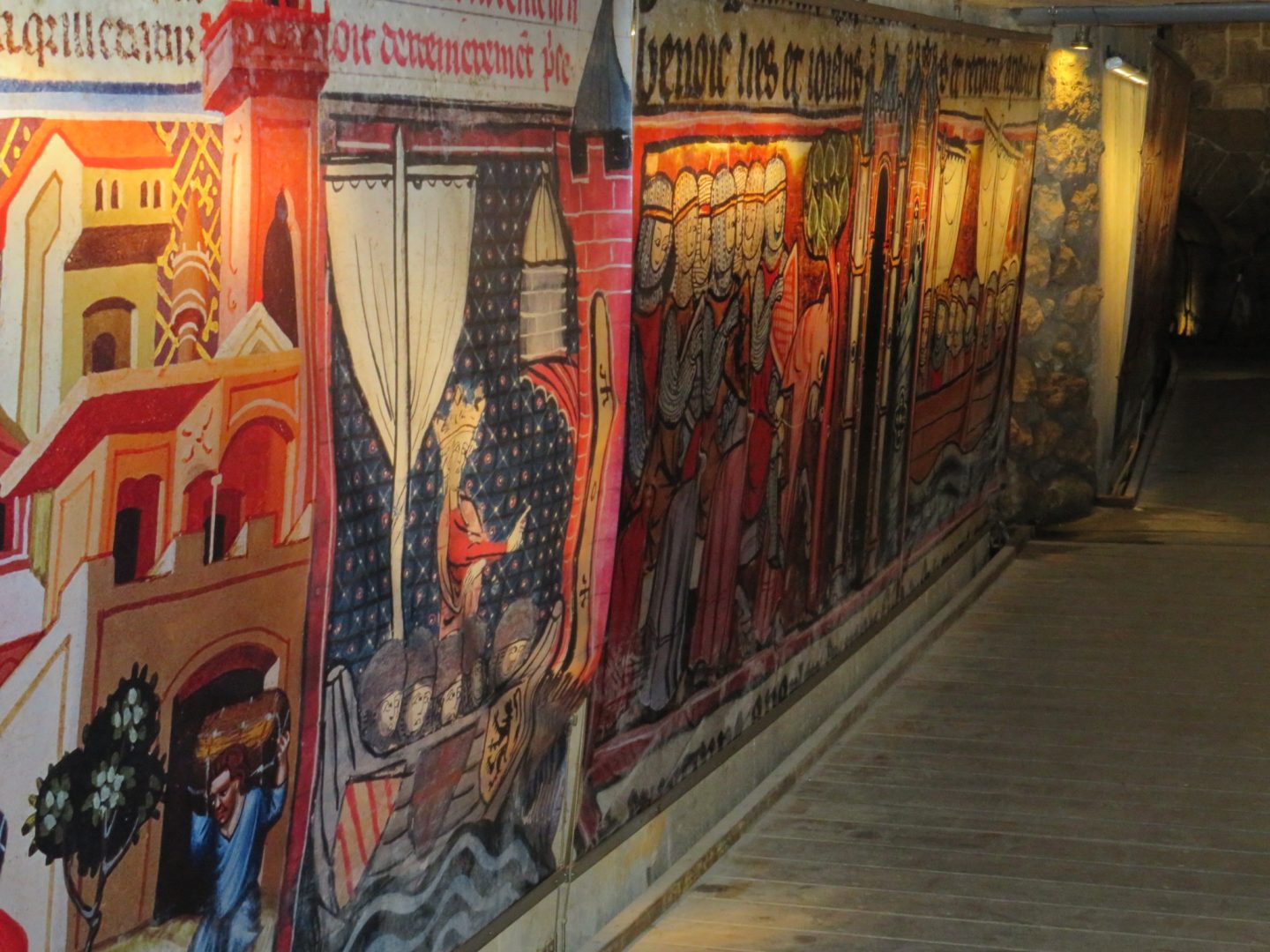
The tunnel was discovered in 1994 by the Antiquities Authority. They had to clean the earth to open the tunnel to tourists. Finally in 2007 they opened the entire tunnel. When you go down you will see some images of the Templars. Their badge can be seen in different parts of the city. The majority is passable, but there are some parts where you have to bend over. If you visit, keep in mind that they do not open on Mondays.
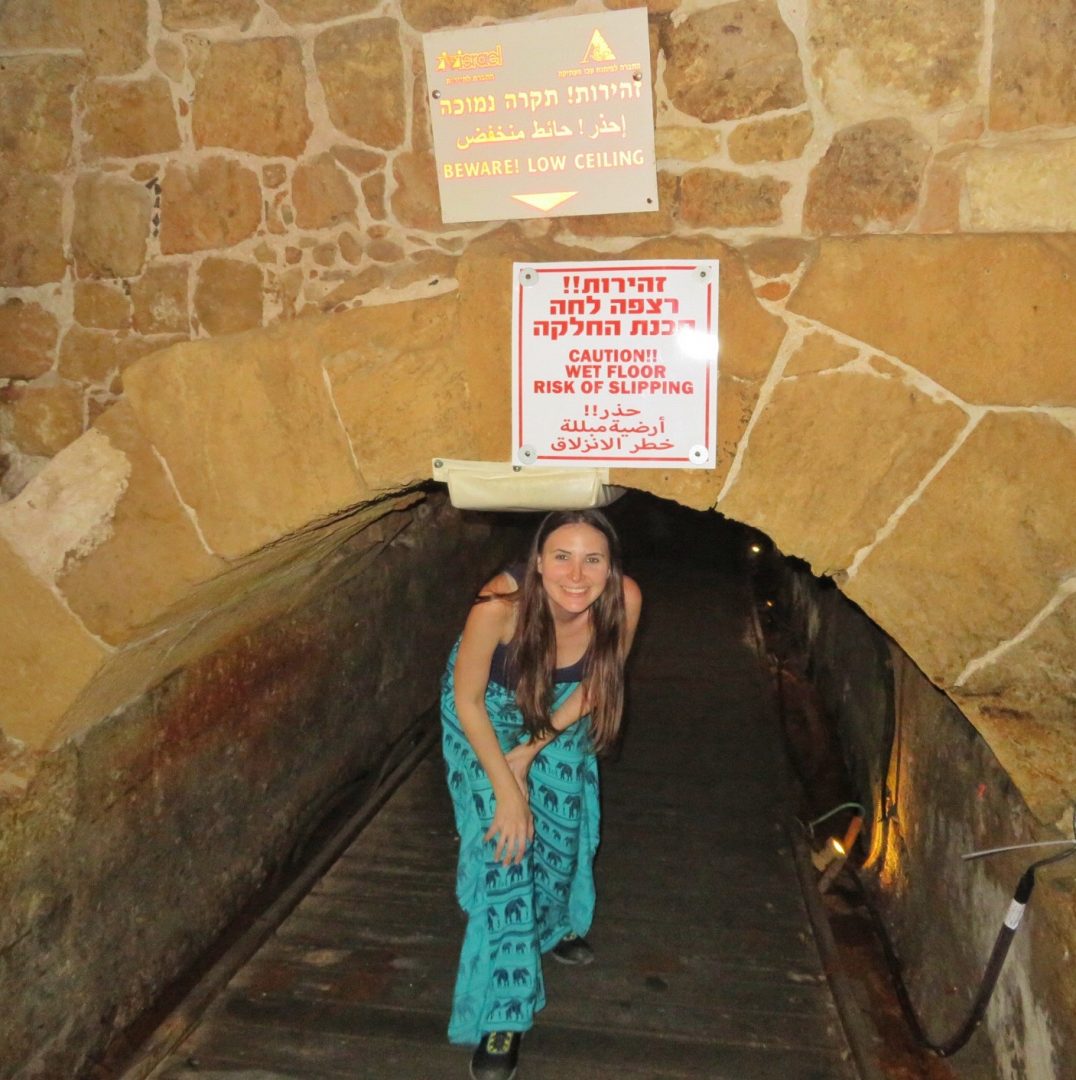
Marina and the fishing port
The port of Acre is so old that it was mentioned in the history of Kambizes when he went to conquer Egypt in 527-525 BC. Hundreds of ships with soldiers, horses and materials left from here since that time. The Umayyad dynasty used it to conquer Cyprus. Then the Egyptians conquered the area and renovated the port and the fortifications.
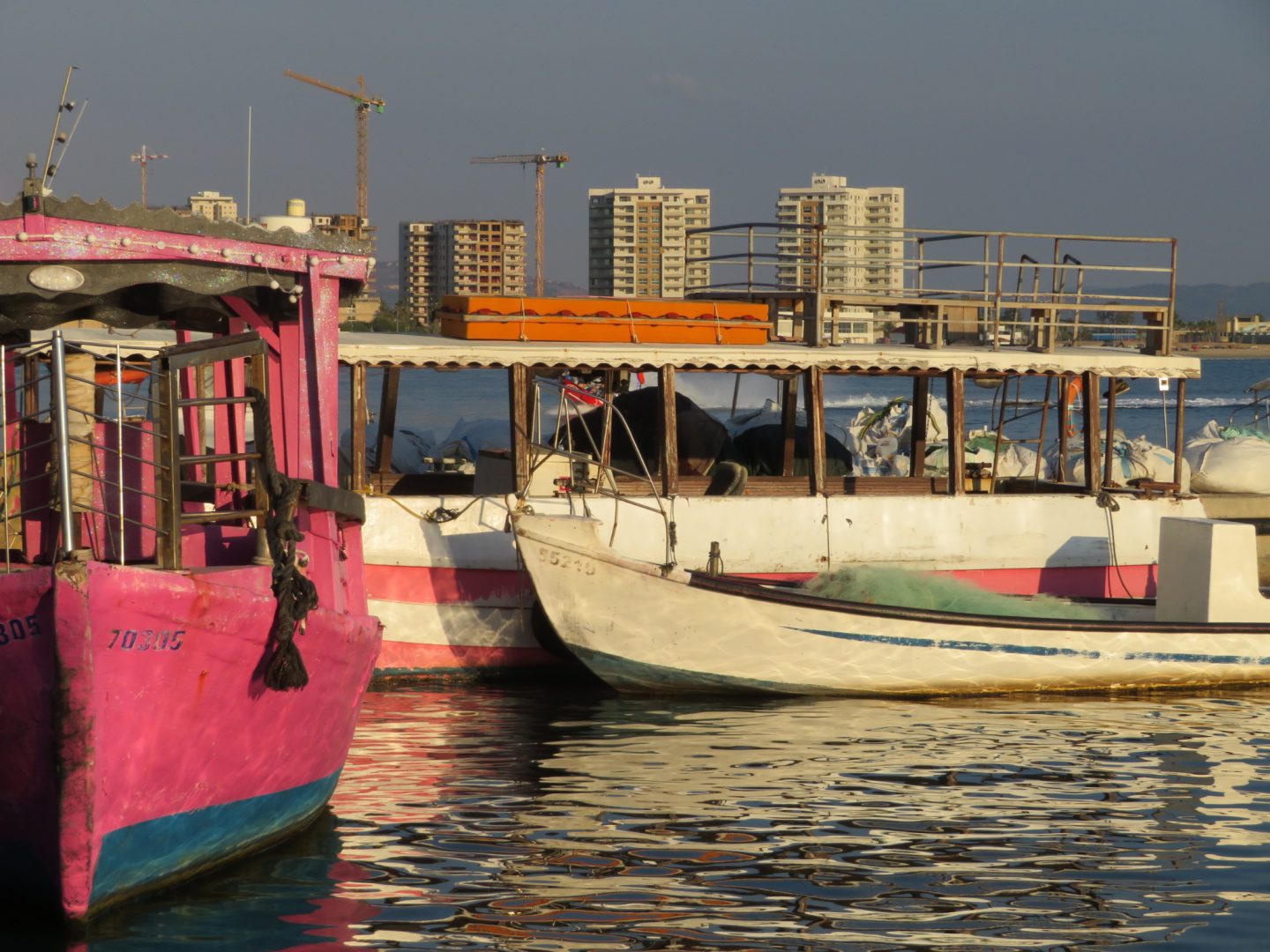
In the Crusades, the port served to bring pilgrims and to store supplies. In 1104 this port was the main gateway to Israel. Then, in the Ottoman period, the port only served as a marina for boats.
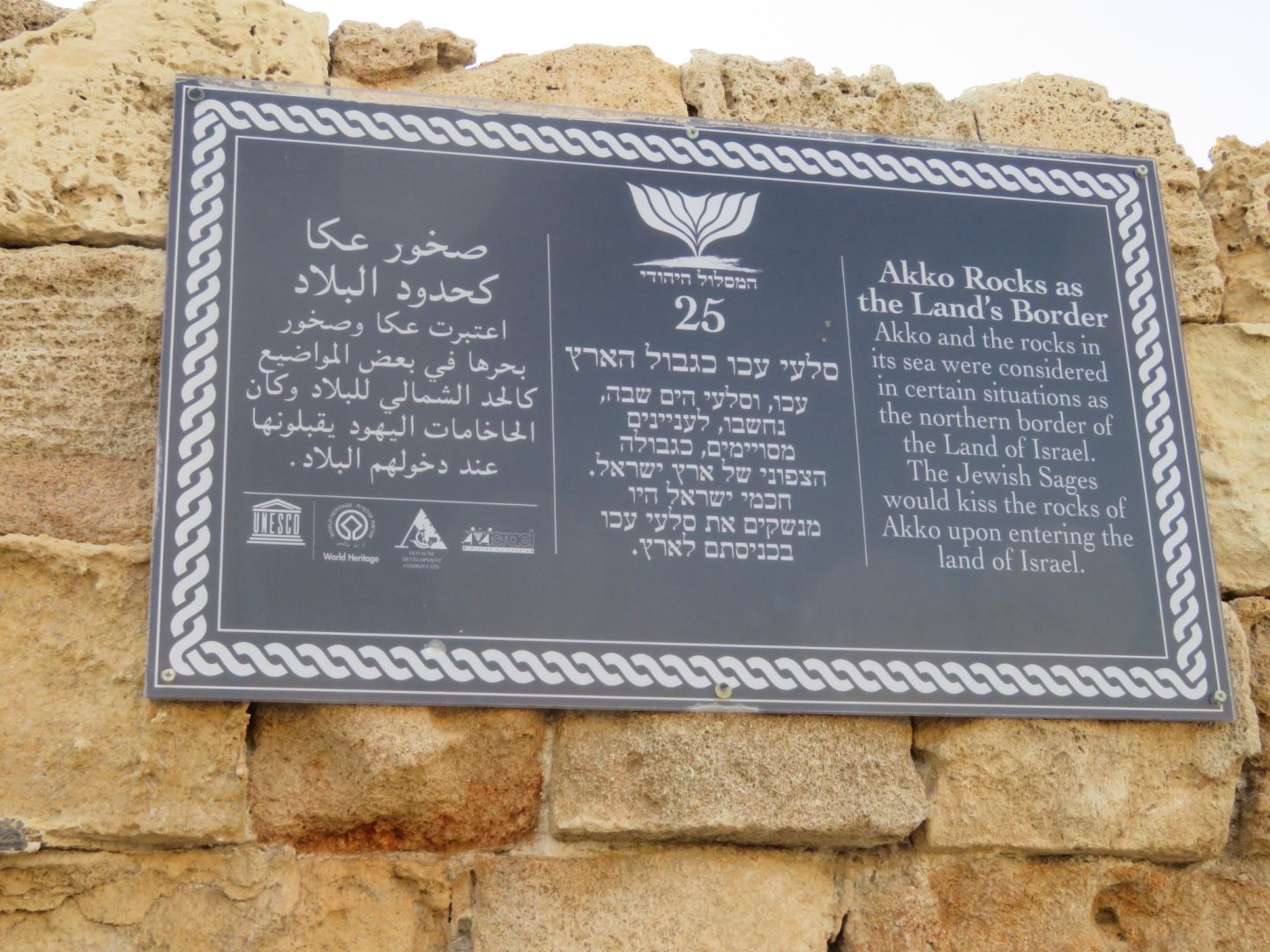
From the port you can take a boat to go see the bay. They offered us the a very cheap tour and let us bring beers, so we said yes. They had fun Arabic music and since we had already drank some beers, we started dancing while we were sailing in the bay. The view of the city was very beautiful. It was a bit choppy, but hey, that added movement to the dance steps.
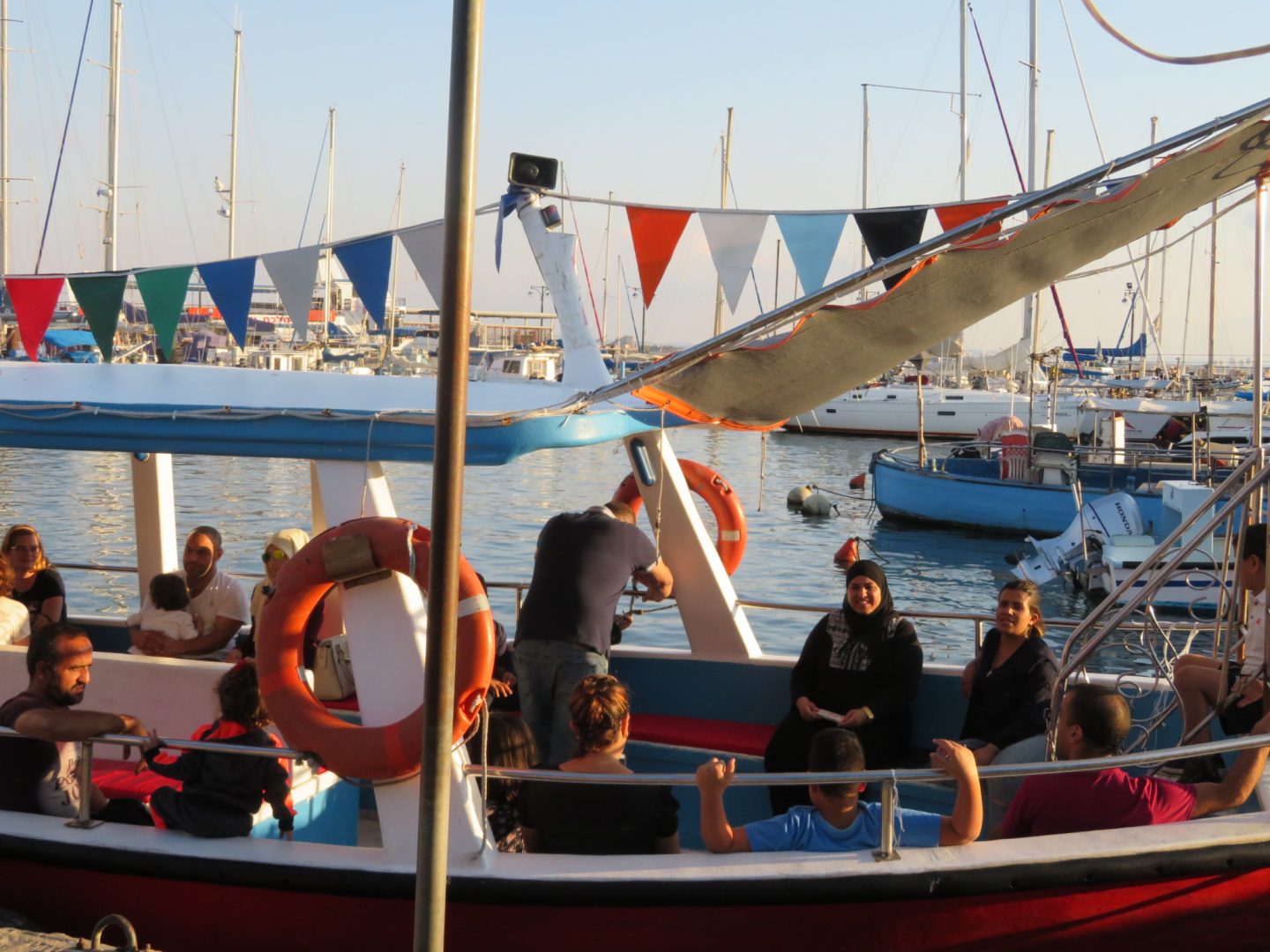
Hamam al-Basha
Hammam does not work today, it only serves as a museum. But in its time this Turkish bath was the center of life in Acre. It was built at the end of the 18th century by the governor of Acre, Jazzar Pasha. His name Hamam al-Basha means the hamam of Pasha.
The walls of the museum have illustrations made by the artist Tanya Slotzky describing what daily life was like in Acre during the Ottoman Empire. You can see the middle rooms, the dressing room and the hot room, which was the heart of the hamam. The story is told by the last bath assistant and can be heard in eight languages.
Churches, synagogues and mosques in Acre
There are two synagogues that you can visit: Or Torah – “Jariva” and Ramchal. Or Torah is a synagogue from Tunisia that is covered with mosaics inside and outside. They spent 54 years making these mosaics in the Kibbutz Eilon. Mosaics and stained glass windows feature History of the Jewish people with passages from the Torah. The synagogue has 7 coffers with the Torah and houses hundreds of millions of natural stones from all over Israel.
The Ramchal synagogue is located on Market Street, the main street of the colonial city of Acre, which runs from north to south. The name comes from Rabbi Ramchal who lived in Acre from 1743 to 1747. It is not very pretty, nor large but has been renovated. At that time there was another major synagogue but a Bedouin ruler turned it into the el-Mualek mosque in 1702. It is currently known as the mosque of the sea and was the first in Acre.
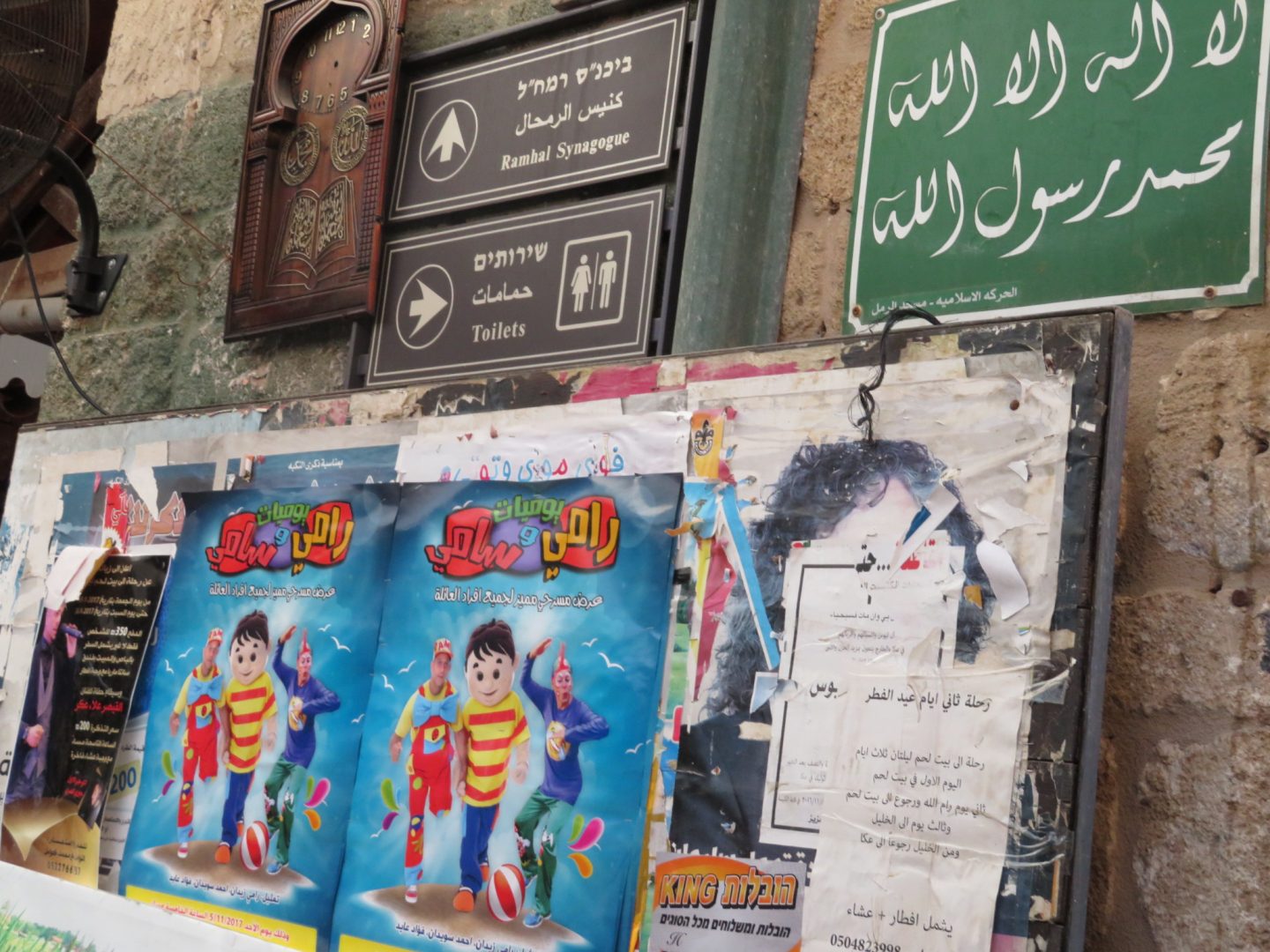
A mosque that I liked was El-Zeituna. During the period of the Crusades this site was a church and had olive trees in its courtyard. It is said that his name is associated with these trees. It has a high tower with a tip that reminds me of where Rapunzel was kept and two turquoise domes with palm trees on its front.
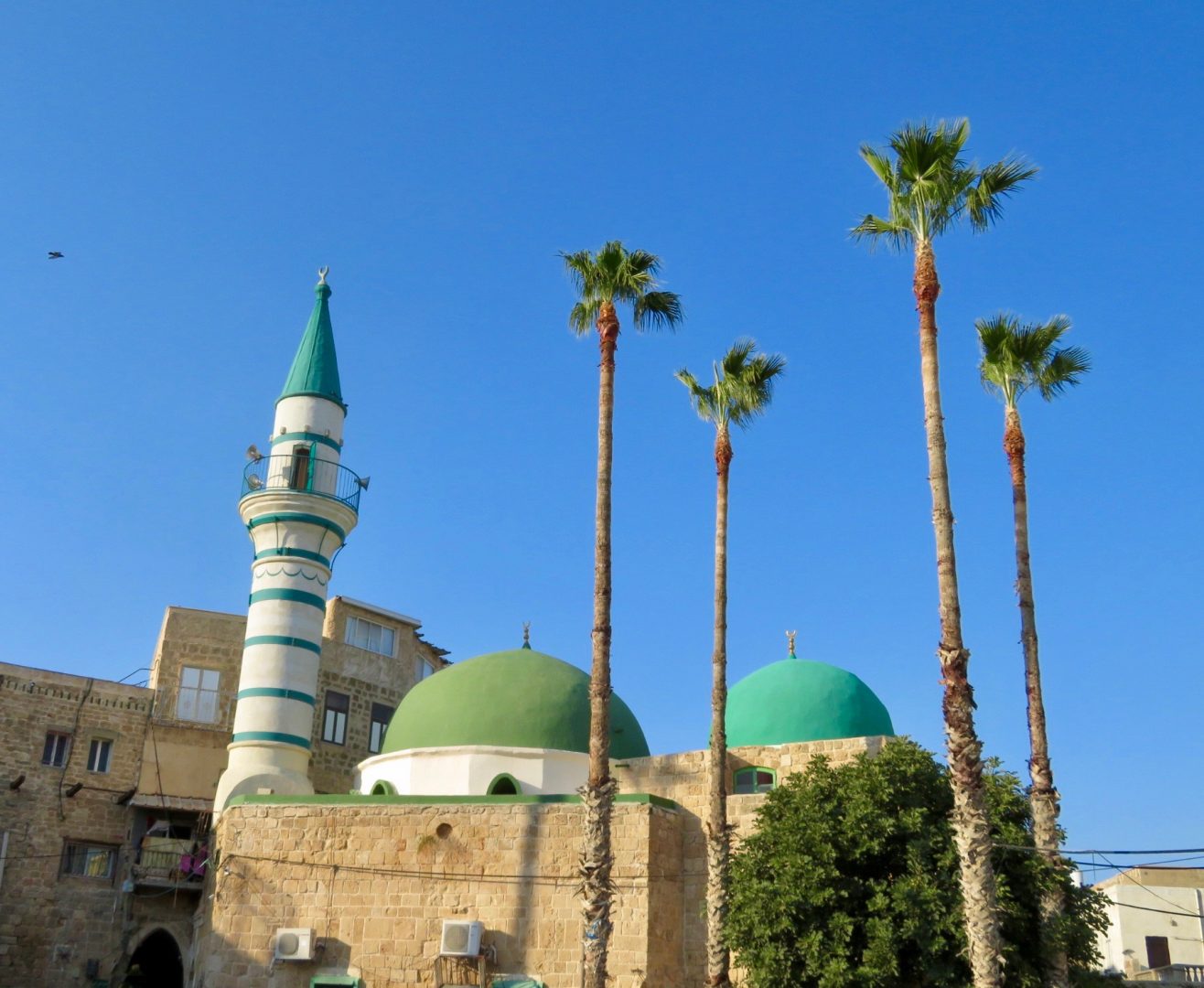
There are five churches in Acre. Two are from the Franciscans including Terra Sancta that was built in 1217 and the Church of San Juan that is believed to be built in 1737. St. Francis of Assisi, the founder of his order, visited the city in 1219-1220. There is a Greek Orthodox Church dating from the Ottoman Empire and a Maronite Church.
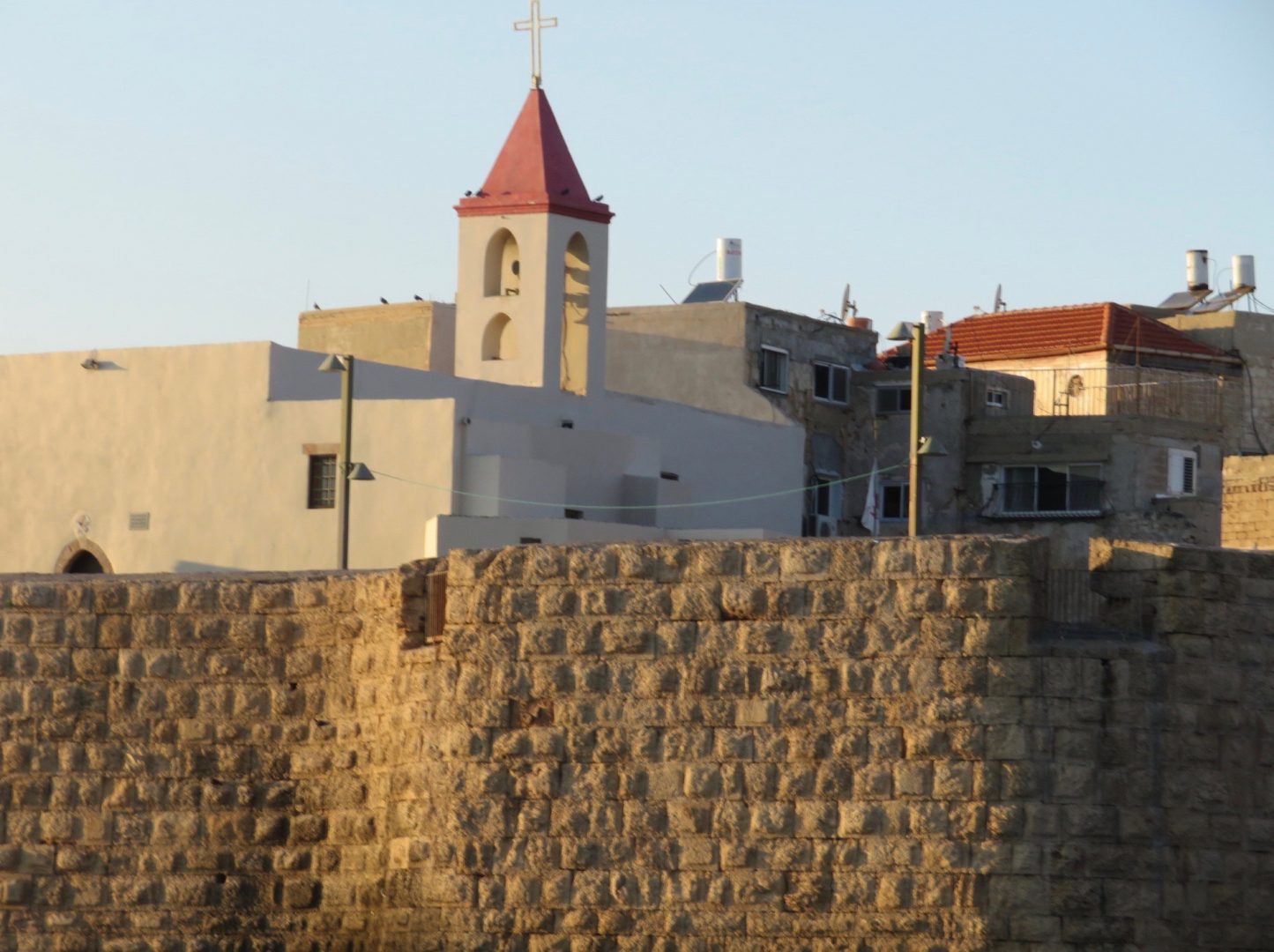
Markets and bazaars in Acre
If you visit the markets in Israel you should know that merchants expect tourists to negotiate prices. Any price that they tell you you must reject it and thus the game begins for the sellers.
Market Street has the main market in Acre. Their stalls sell everything from fish of the day to fruits and vegetables.
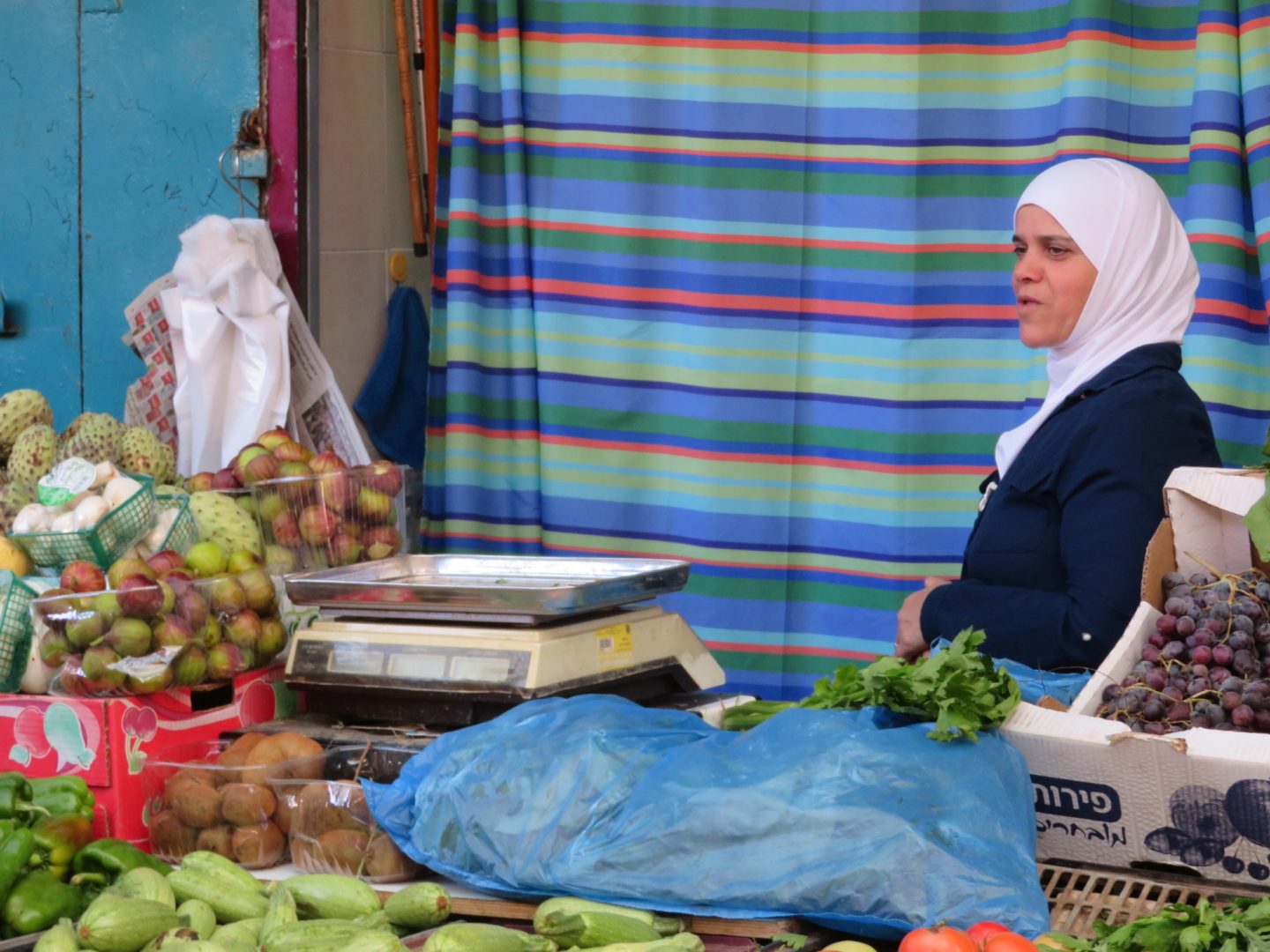
It is a good place to buy species, incense and coffee, which they have from several places in the world. You must try the sweets, they are delightful. I bought one with nuts covered in honey.
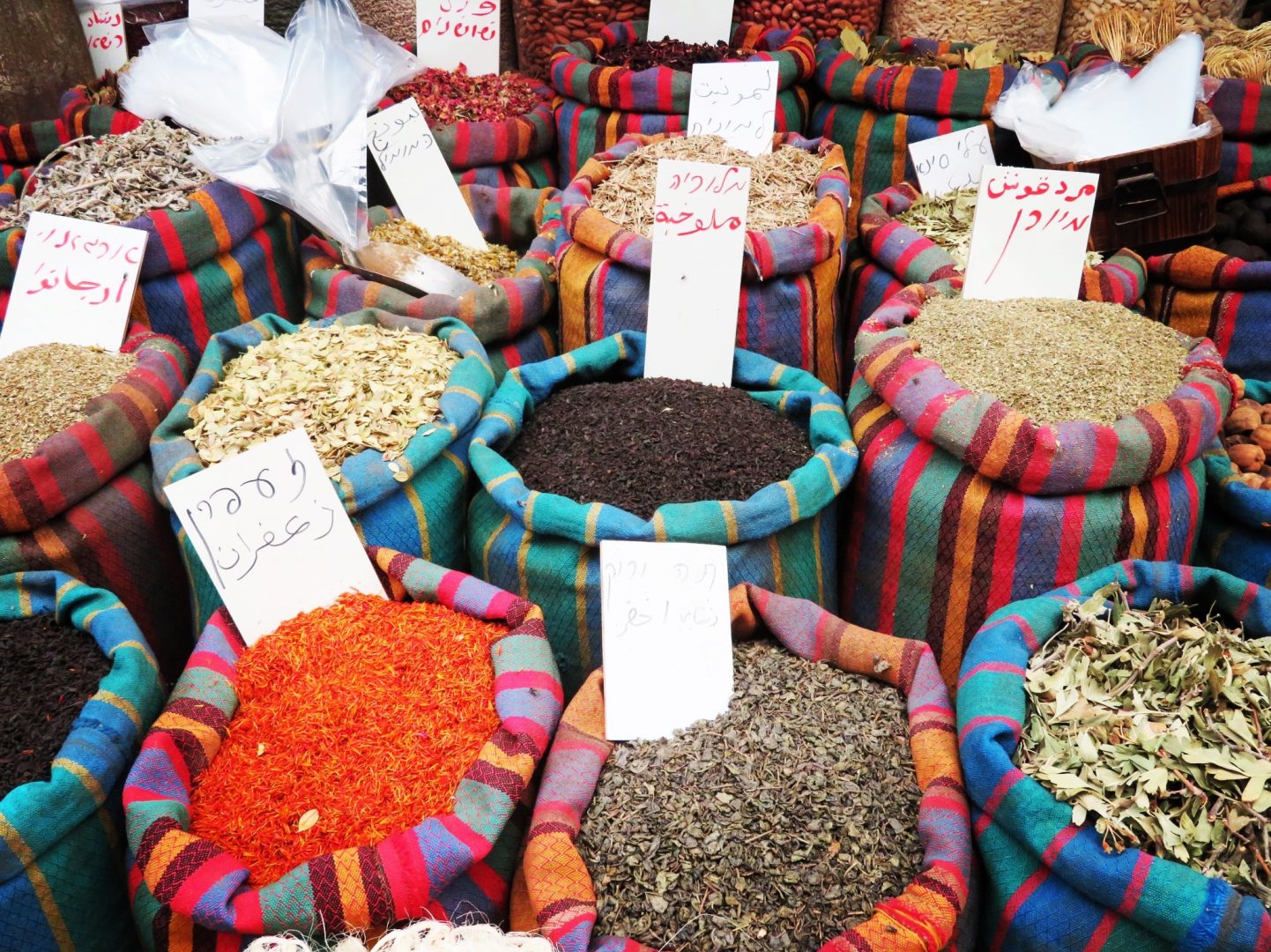
The White Market (Suq Al-Abiad) is next to the El-Jazzar Mosque and was built by Governor Pasha (the same as the hamam). In that place there was another market before but some workers smoking hookah dropped sparks on gunpowder barrels and caused a great fire. We pass through this market when we enter Acre through the main gate. Today it is full of restaurants and bars.
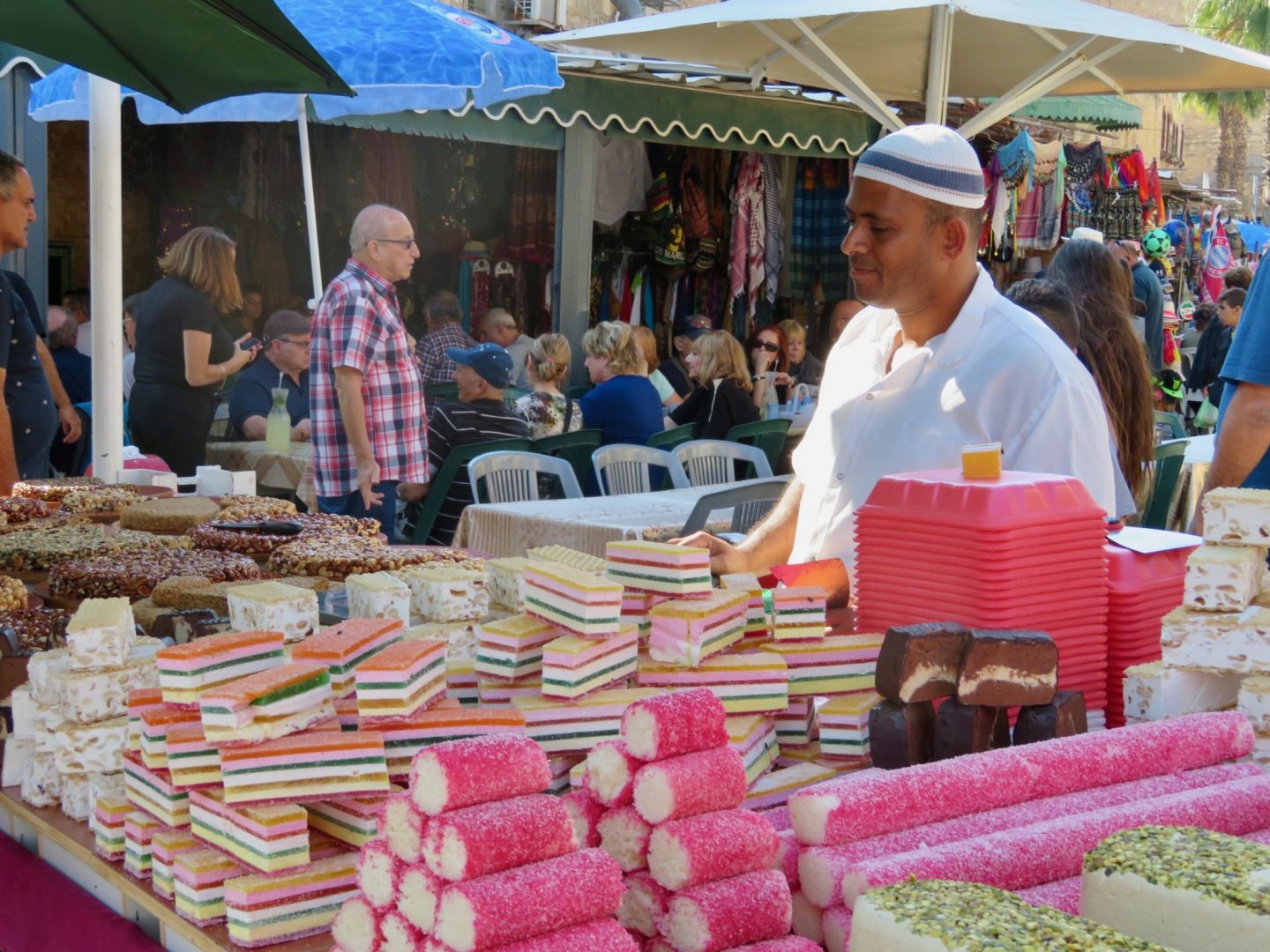
The Turkish bazaar was built at the end of the 18th century as the municipal market. You can visit it to buy souvenirs and tourist artifacts.
